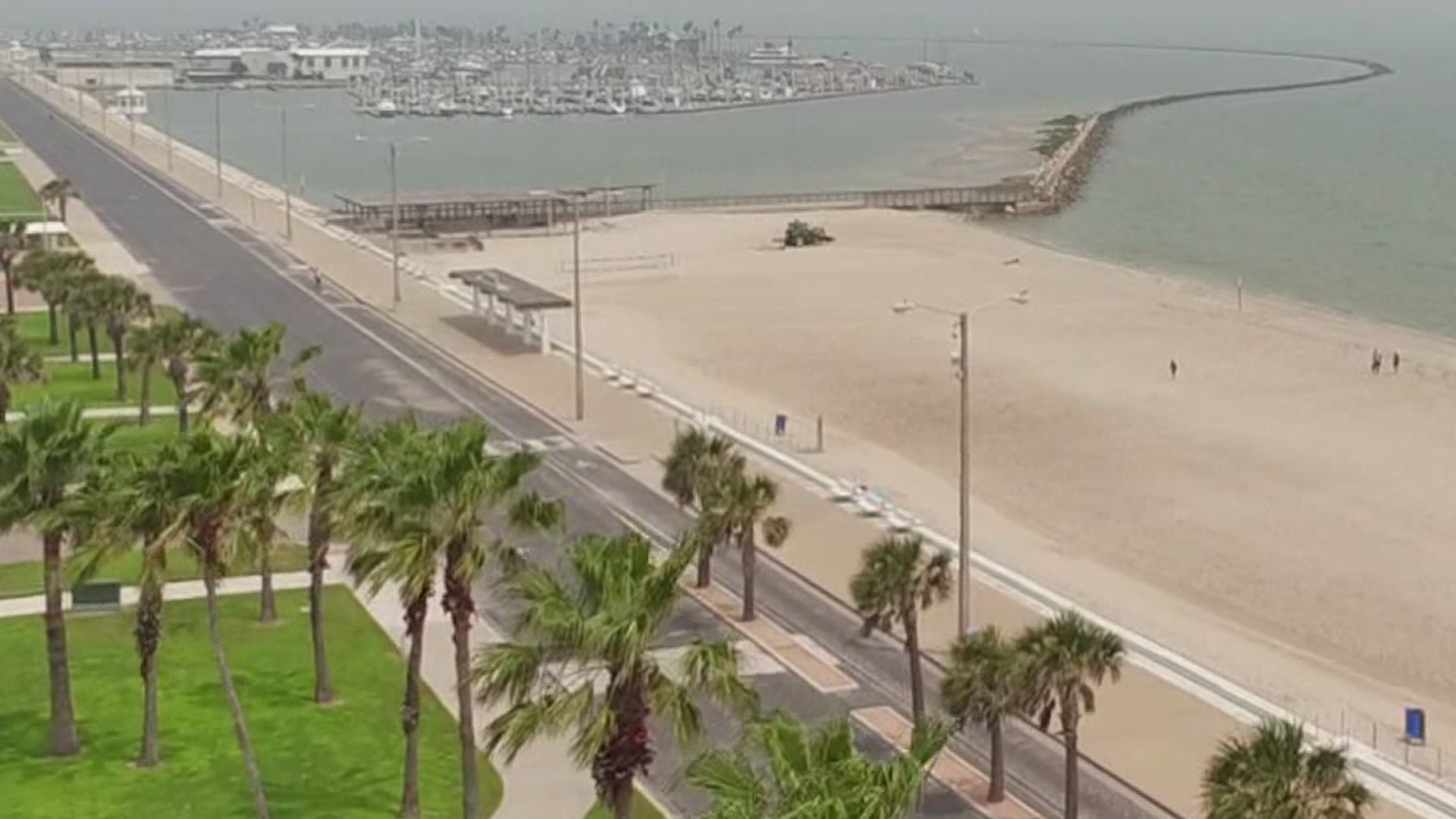CORPUS CHRISTI, Texas — If you ever have that sinking feeling, well you can be assured that you’re not imagining things along our coast. We actually are sinking and according to new research from scientists at Texas A&M Corpus Christi, it’s getting worse.
You can look up and down our coastline and you won’t be able to see subsidence. But during huge rain events and hurricanes, you will be able to see the consequences of the land sinking.
Experts said that mainly happens when groundwater and oil is taken from the ground.
"Our conclusion is that the land subsidence in the coastal area is increasing the intensity of flooding and the frequency," Dr. Mohamed Ahmed, Assistant Professor of Geophysics at the TAMUCC Center of Water Supply Studies said.
Dr. Ahmed said from 2016 - 2019, a huge section of South Texas from Victoria to McAllen was studied by his group of researchers. They were checking to see how the land moves over time.
"It was a very comprehensive study and each of those areas, we quantify the rate of land subsidence," he said. "Some of that subsidence is as large as 10 millimeters per year and that’s very large number.”
Some of those hotspots were in places like Victoria and Live Oak County as Eagle Ford Shale Operations sucked out huge amounts of ground water and oil.
Even Nueces Bay was seeing subsidence greater than three millimeters per year but the reasons are unknown.
"Extraction, generally, we believe it initiates and activates movement around faults and those could initiate land subsidence in some areas," he said.
Growth faults are spread out all along our coastline.
Jim Gibeaut is with the Harte Research Institute and is the endowed chair for Geo Spatial Sciences. He worries that some of the structures along our coast could now be at risk for damage because of the rising seas and the sinking land.
"A really important difference, though, yes when part of the building is going down at a different rate than another part of the building, that’s what I refer to as differential subsidence," Gibeaut said.
"And if that differential subsidence is cutting across your building footprint then I would imagine much bigger structural problems that would cause much bigger structural problems.”
Both scientists said that in the coming years, flooding will become more of a problem because of subsidence. While the problem can’t be reversed, it could be slowed down through better ground water management and urban planning.
For the latest updates on coronavirus in the Coastal Bend, click here.
More from 3News on KIIITV.com:
- Corpus Christi PD: Officer shoots man during struggle after alleged catalytic converter theft attempt
- Lucky fisherman reels in two tagged red fishes as part of the CCA tournament
- No fireworks allowed, but you might see some light shows courtesy of bioluminescence at Padre Island National Seashore
- Dia De Los Muertos festival is back for 2021
- Texas leads nation in deaths caused by teen drivers
- Ages 12 and older can now get the COVID-19 vaccine in Nueces County. Here's what you need to know.

